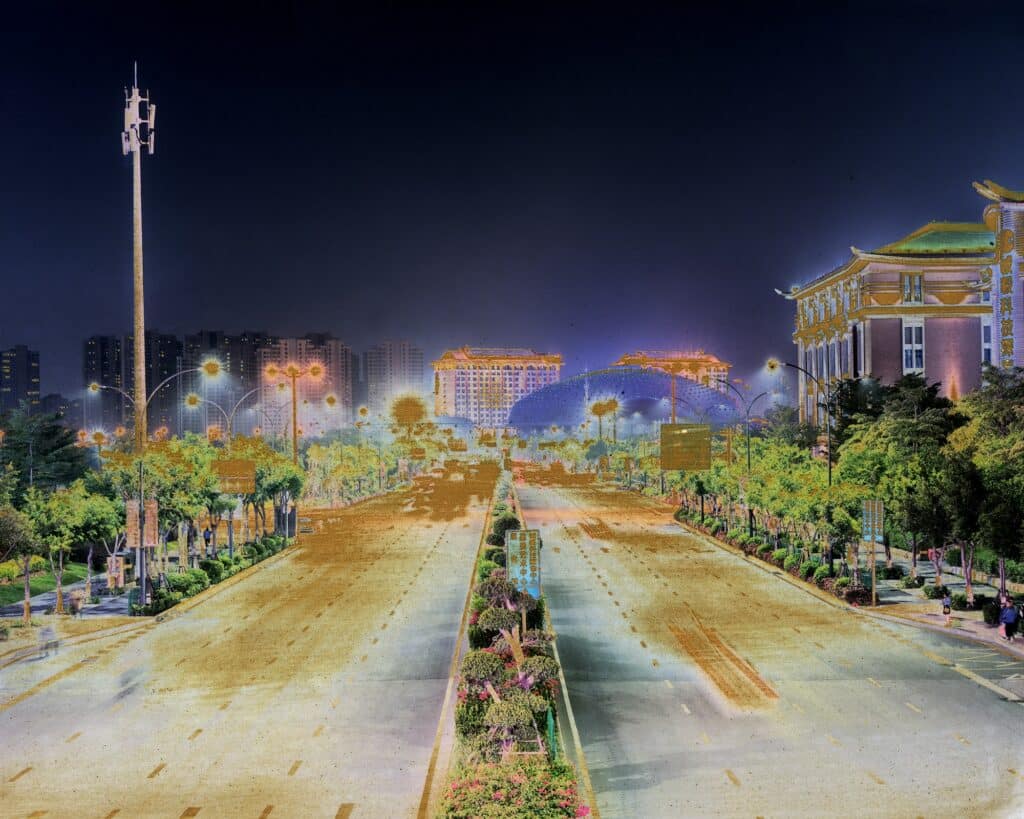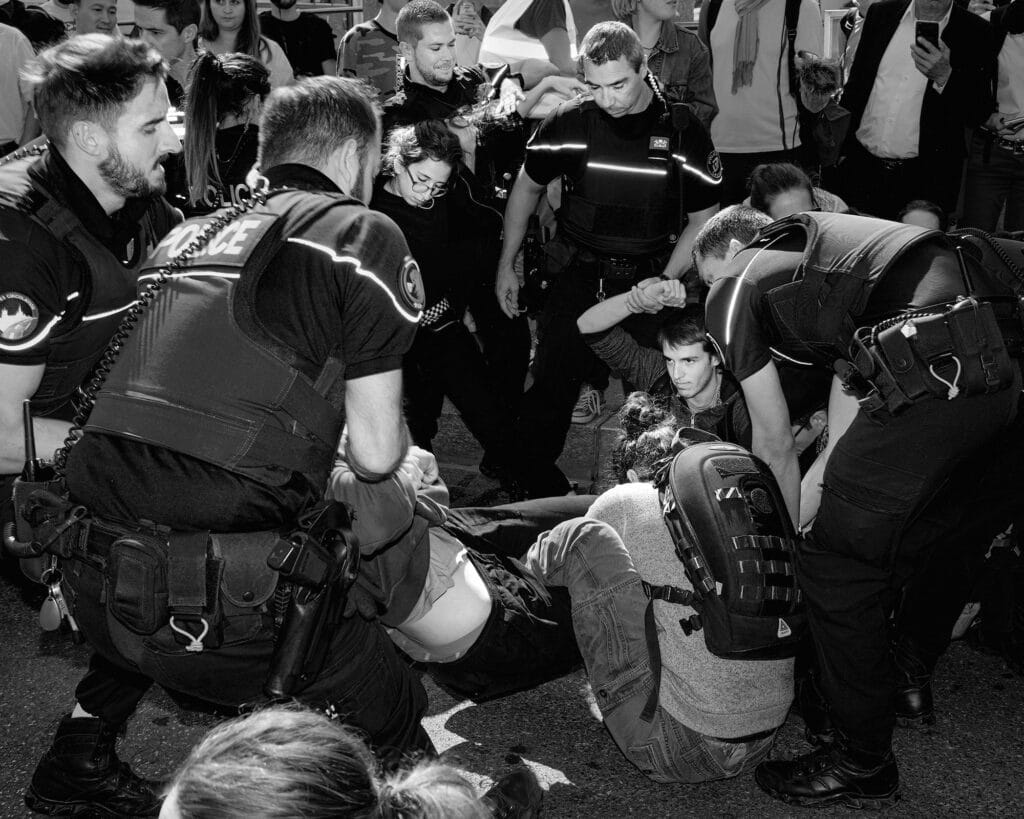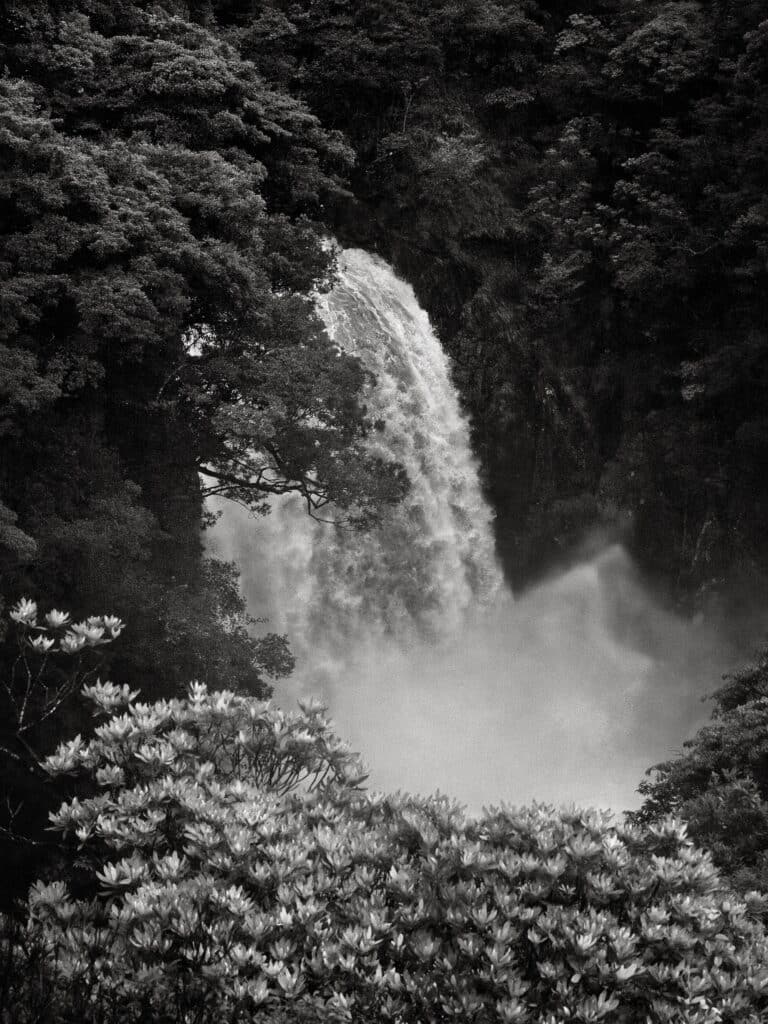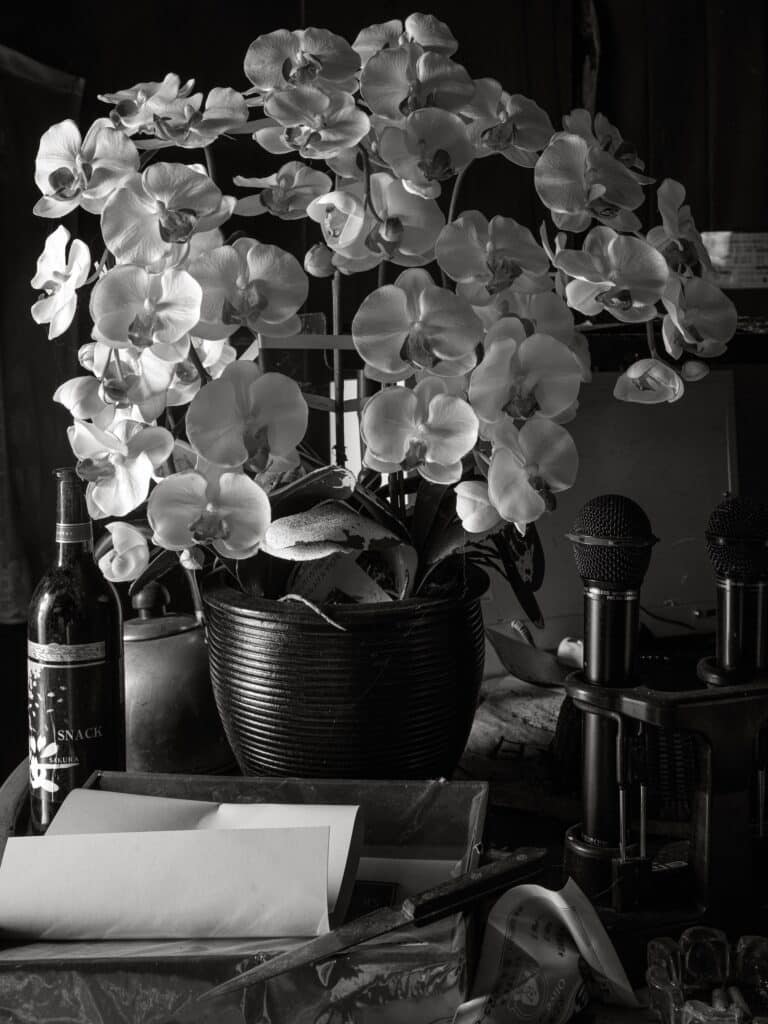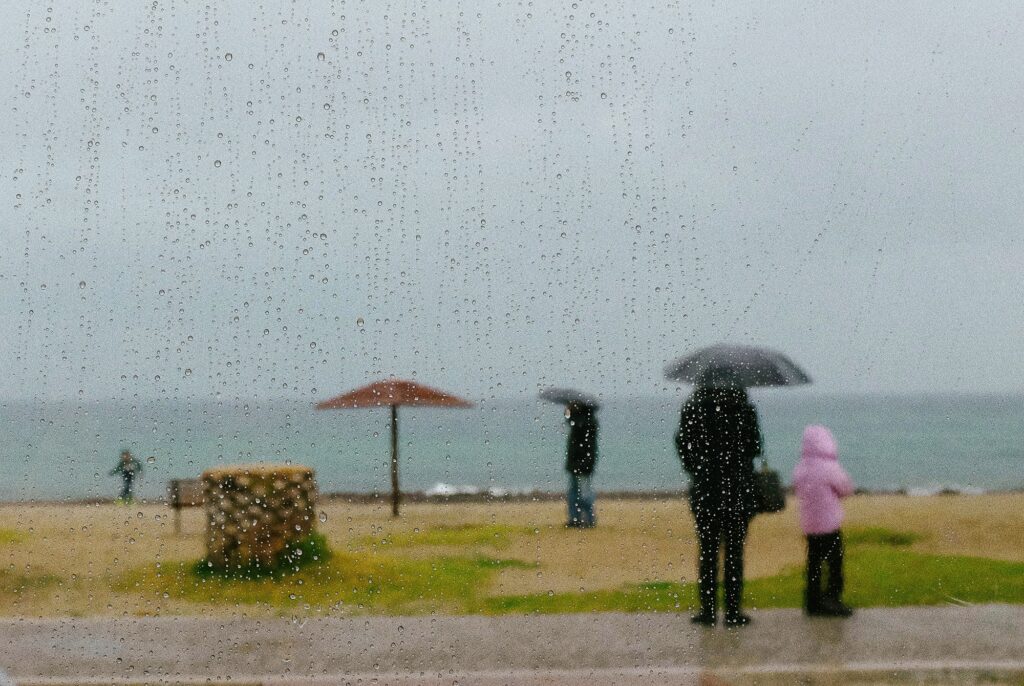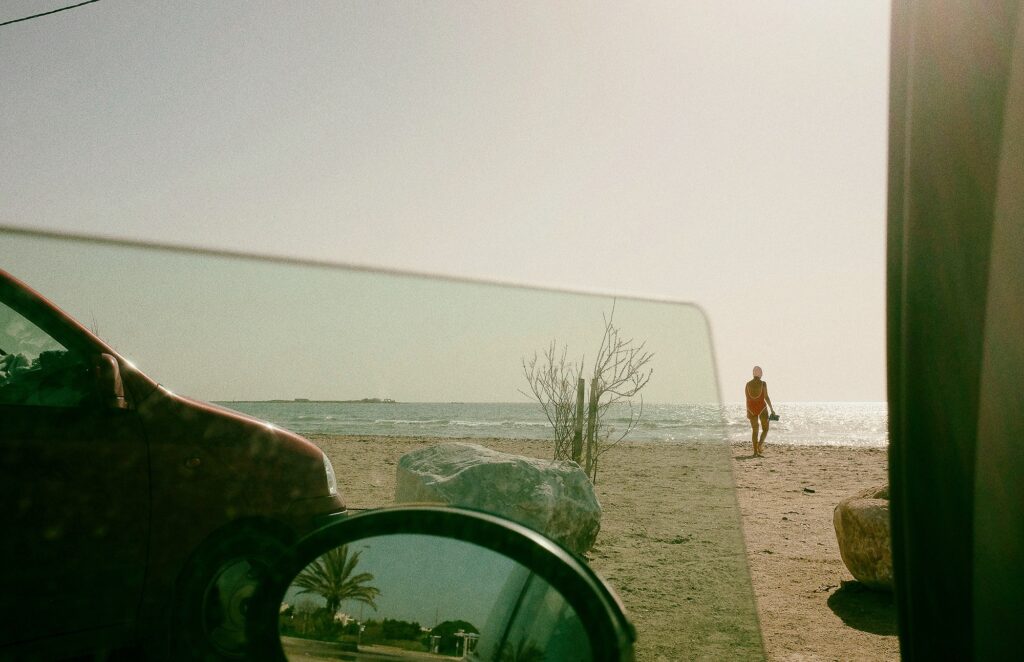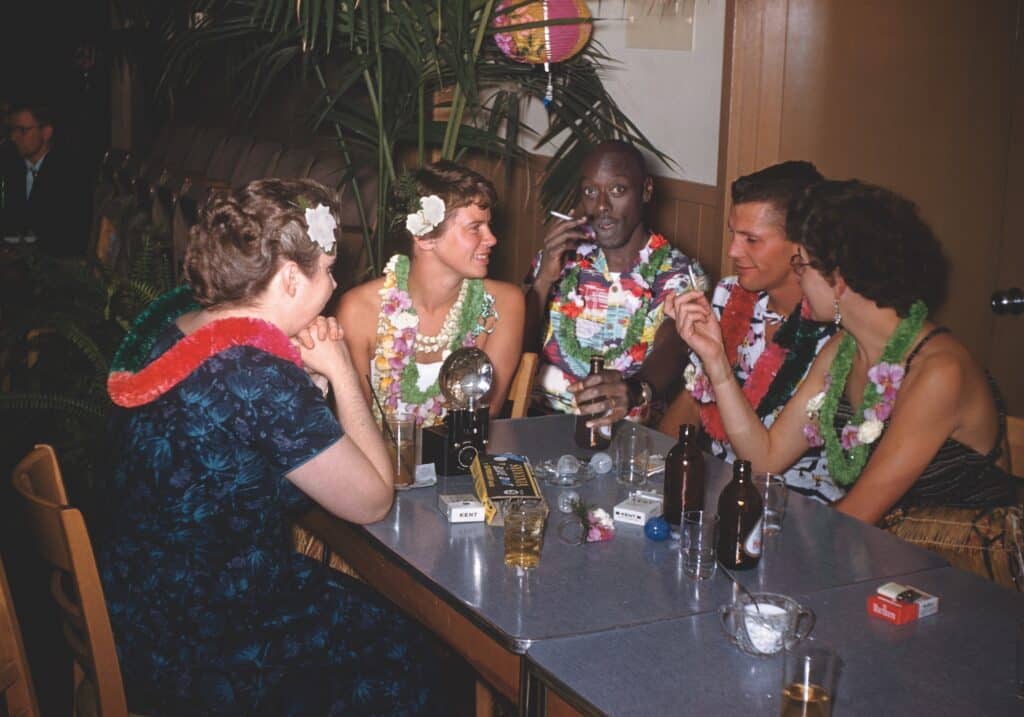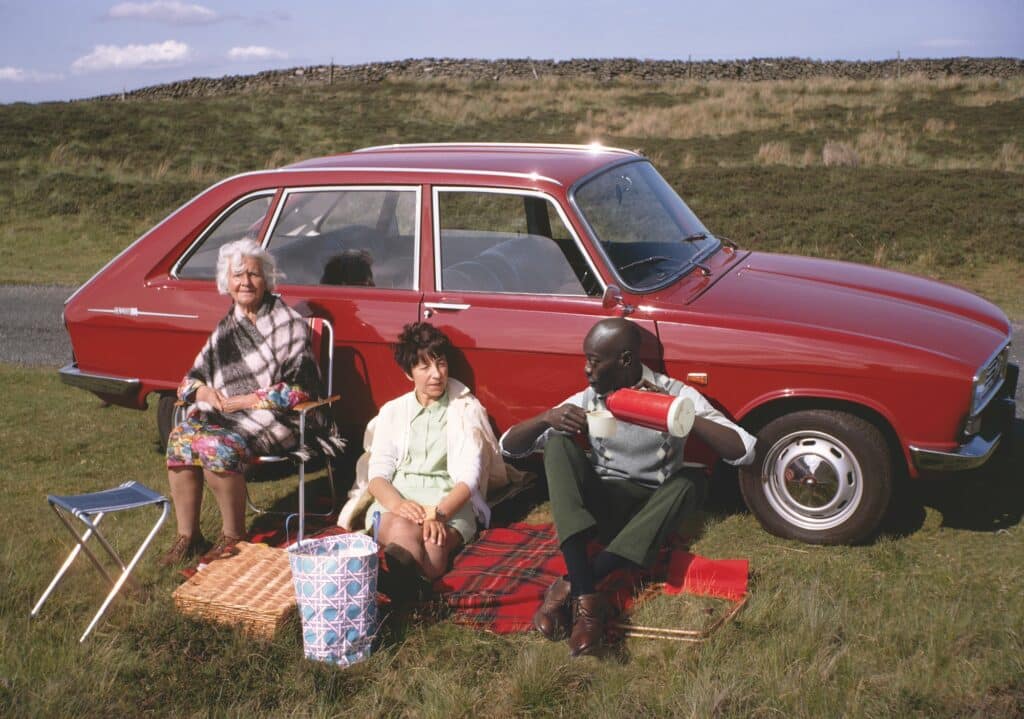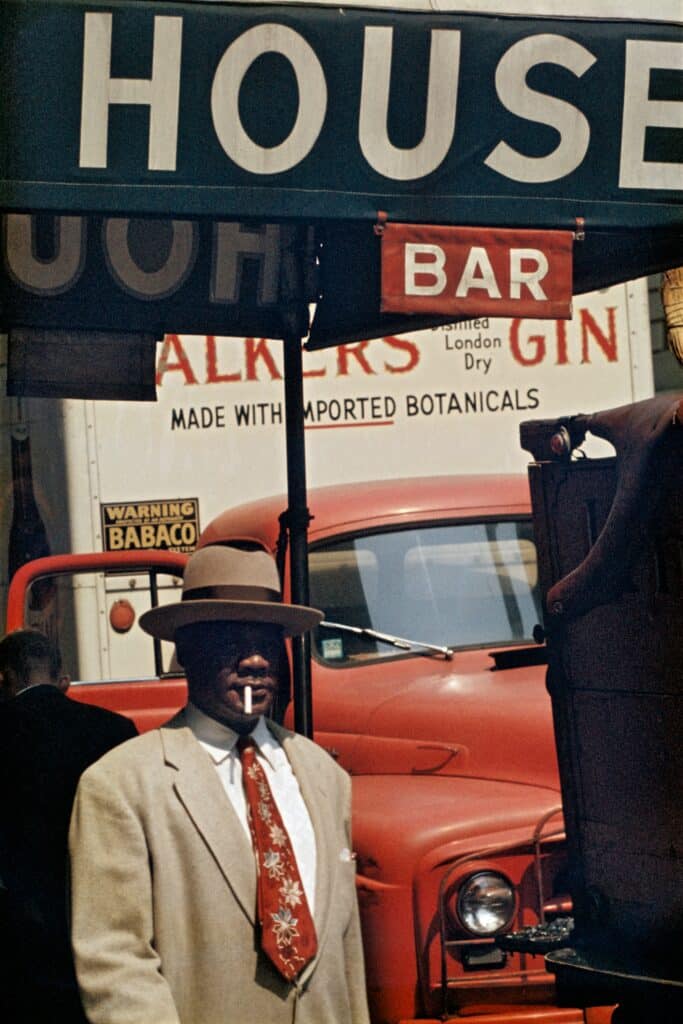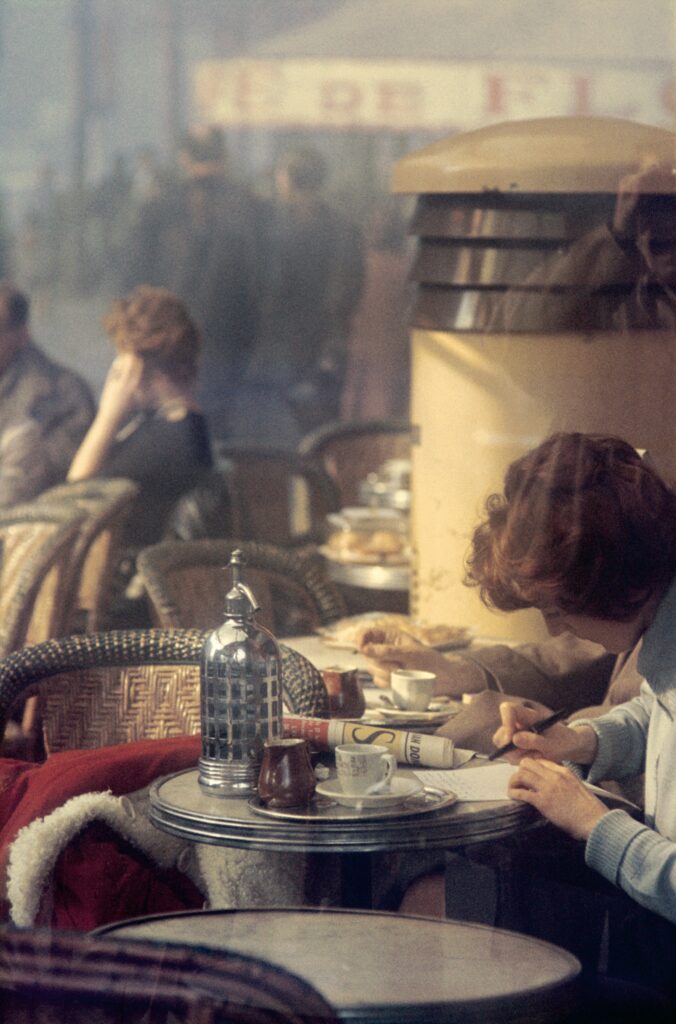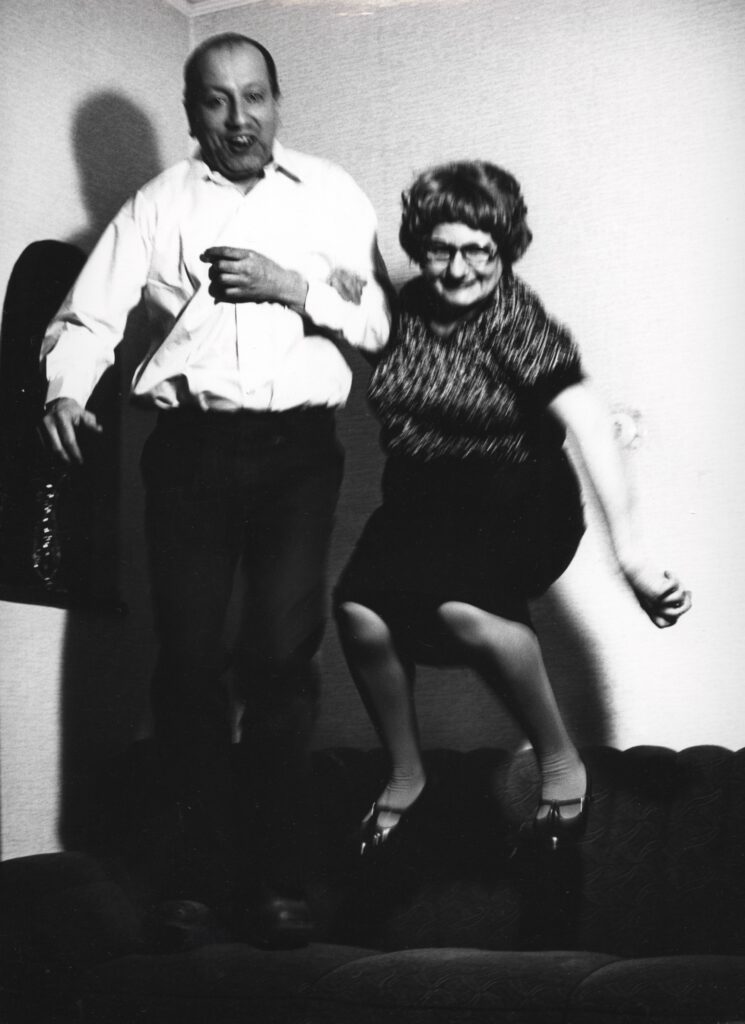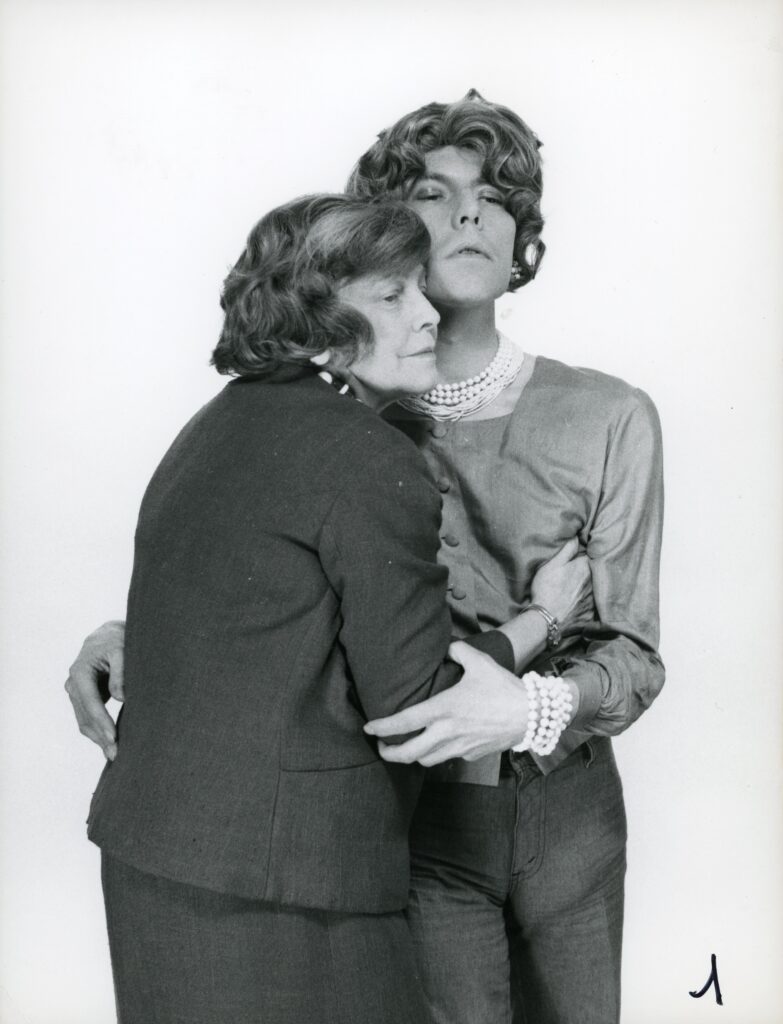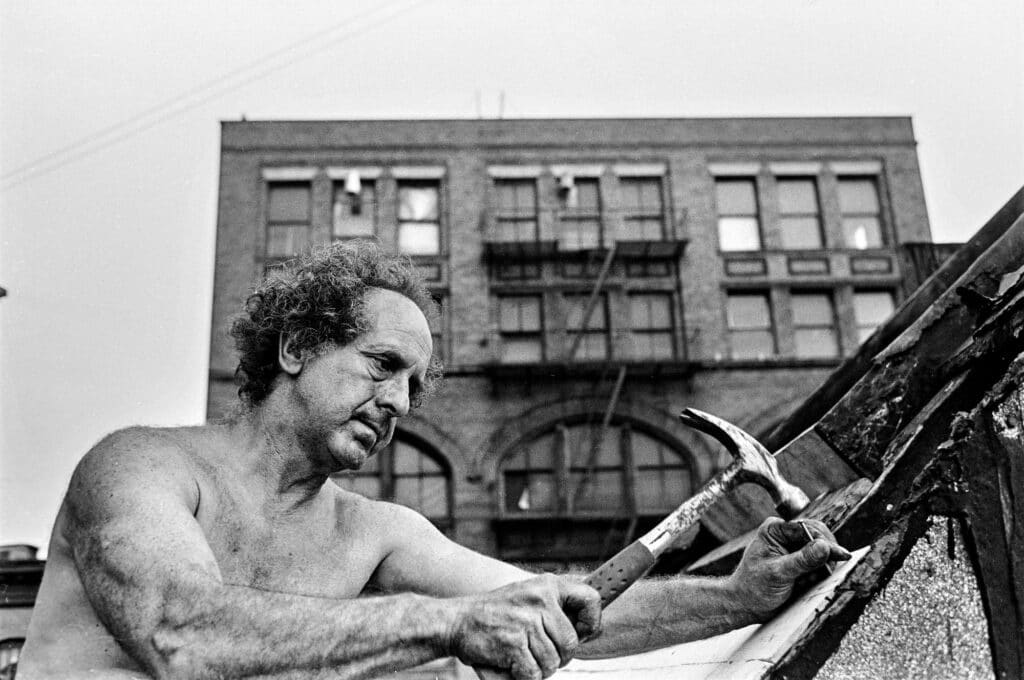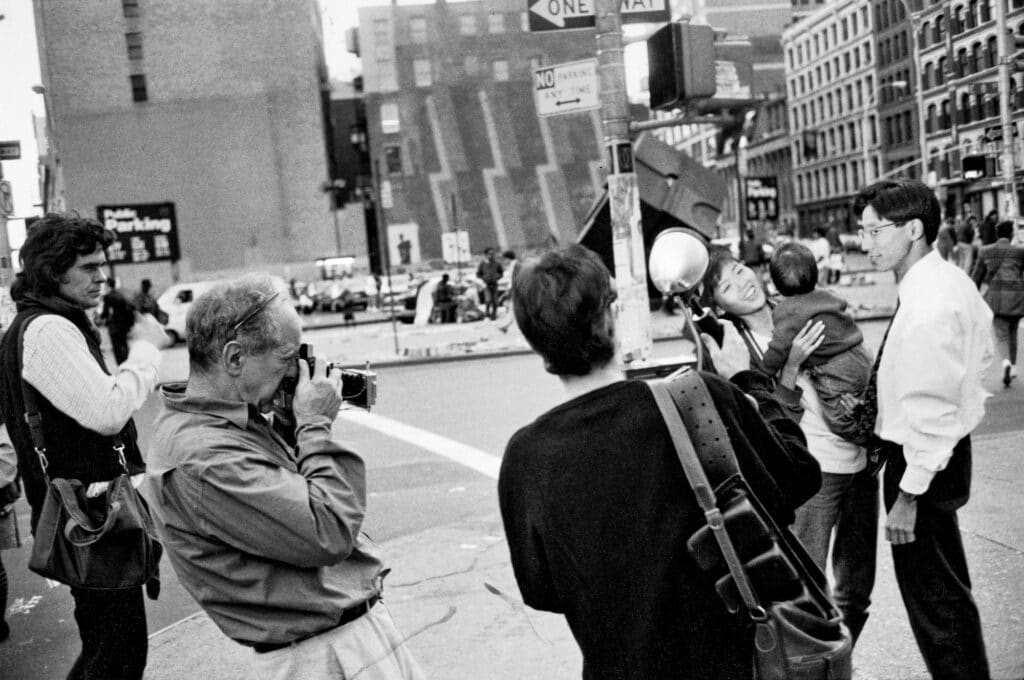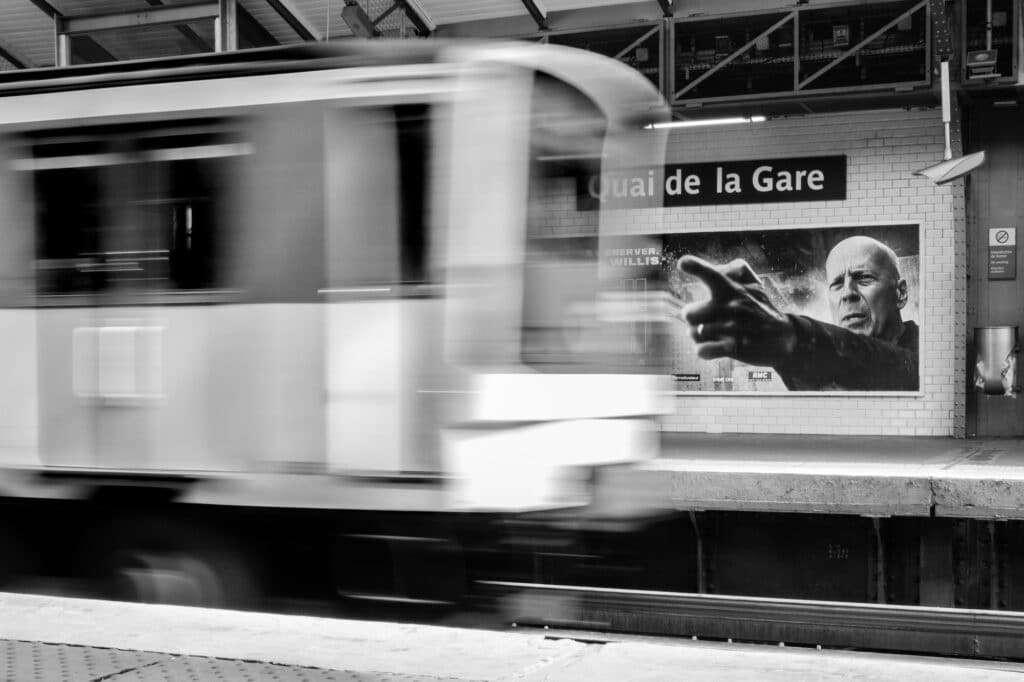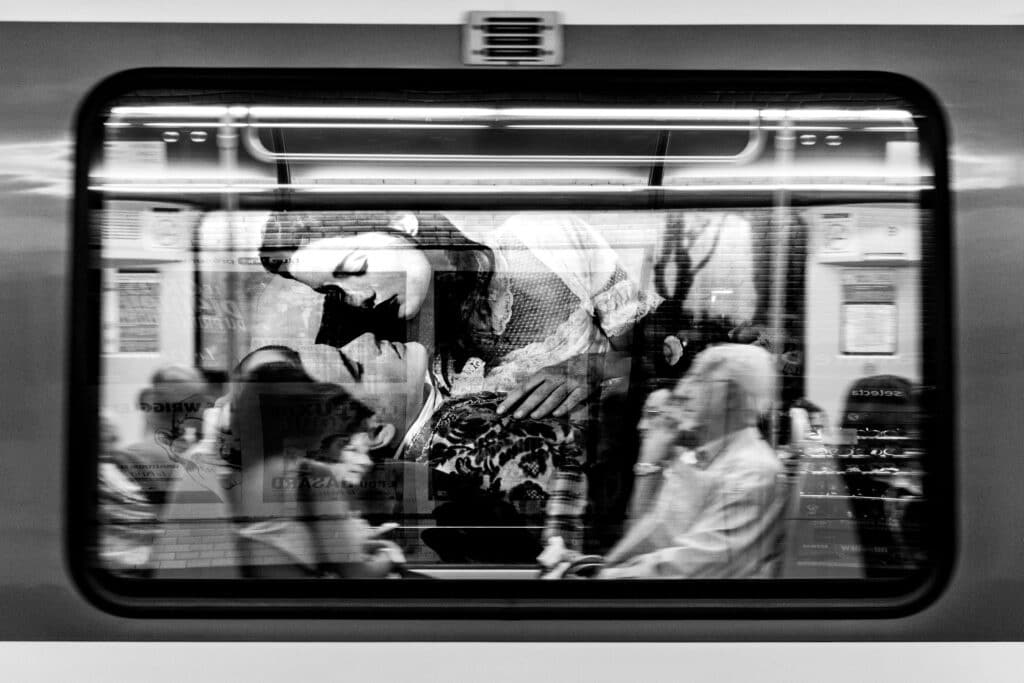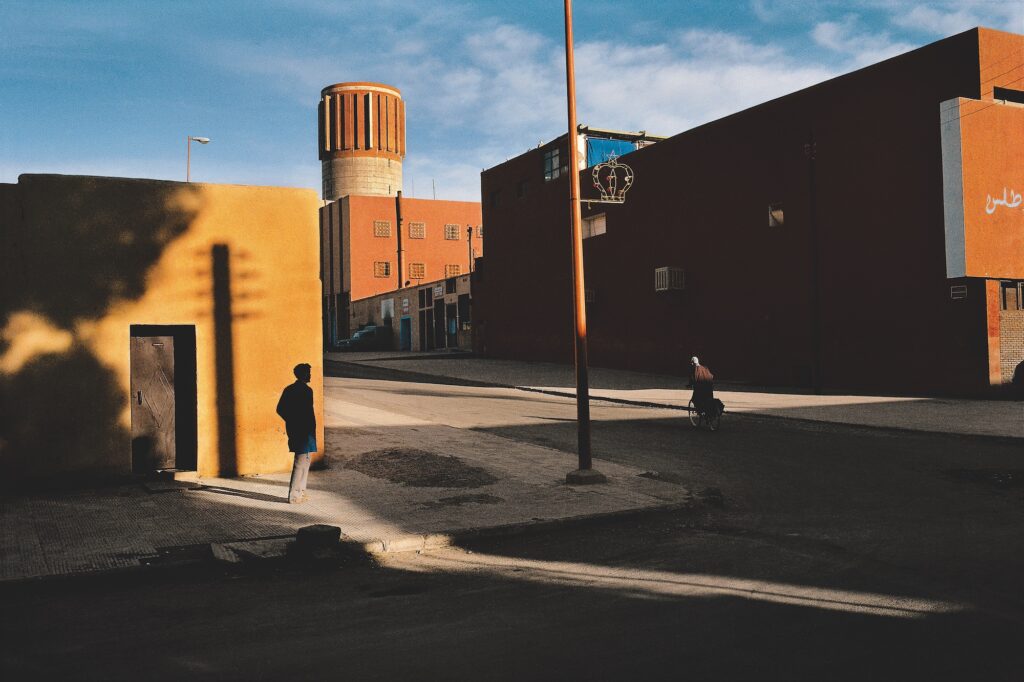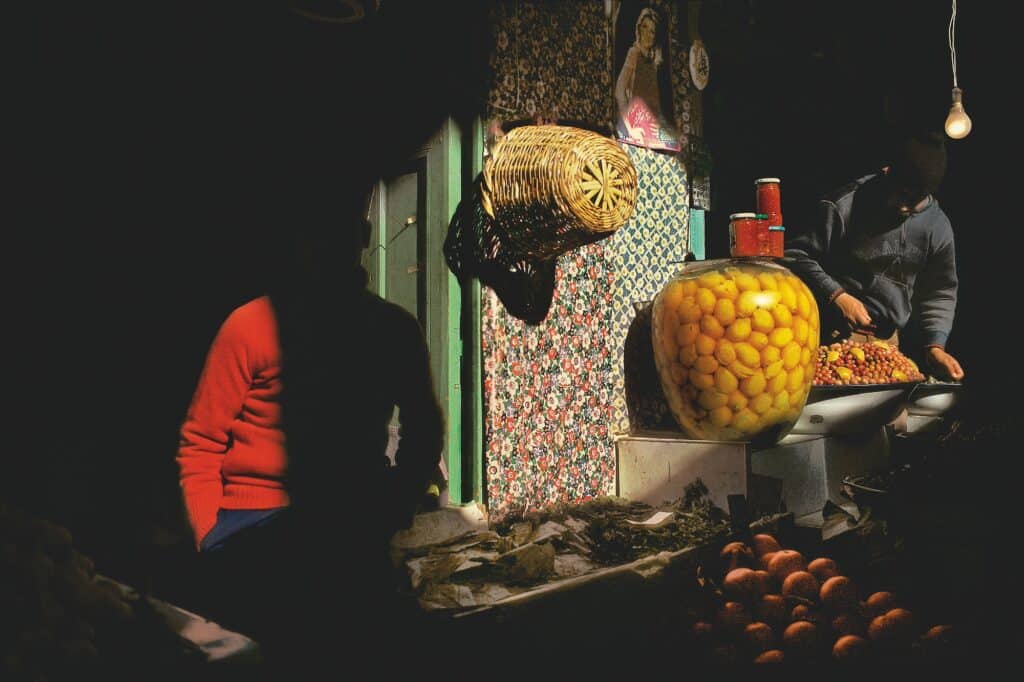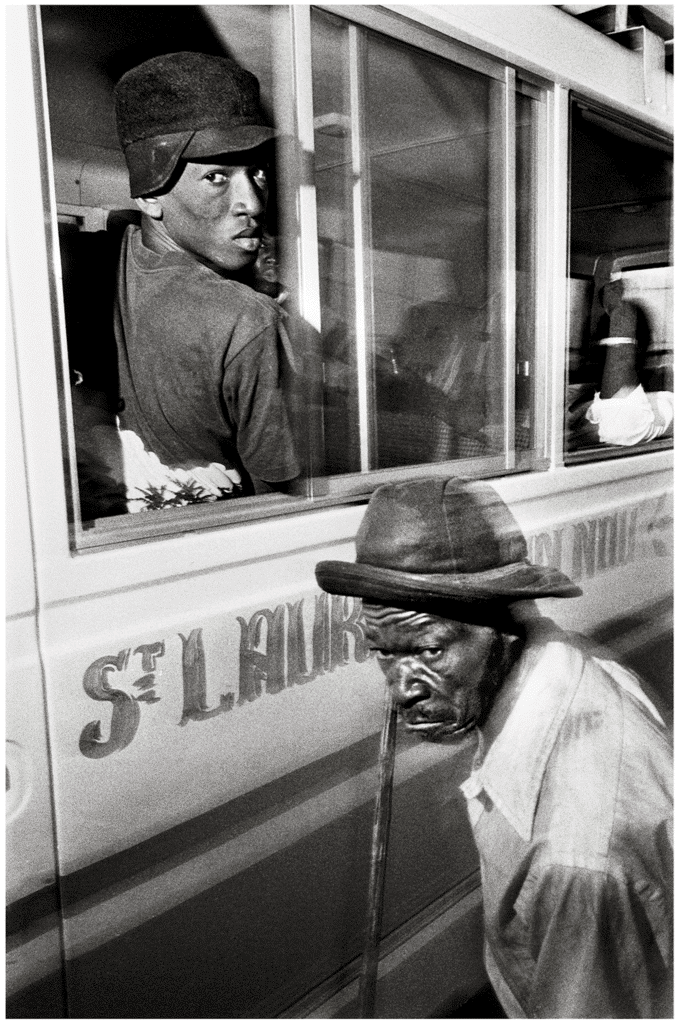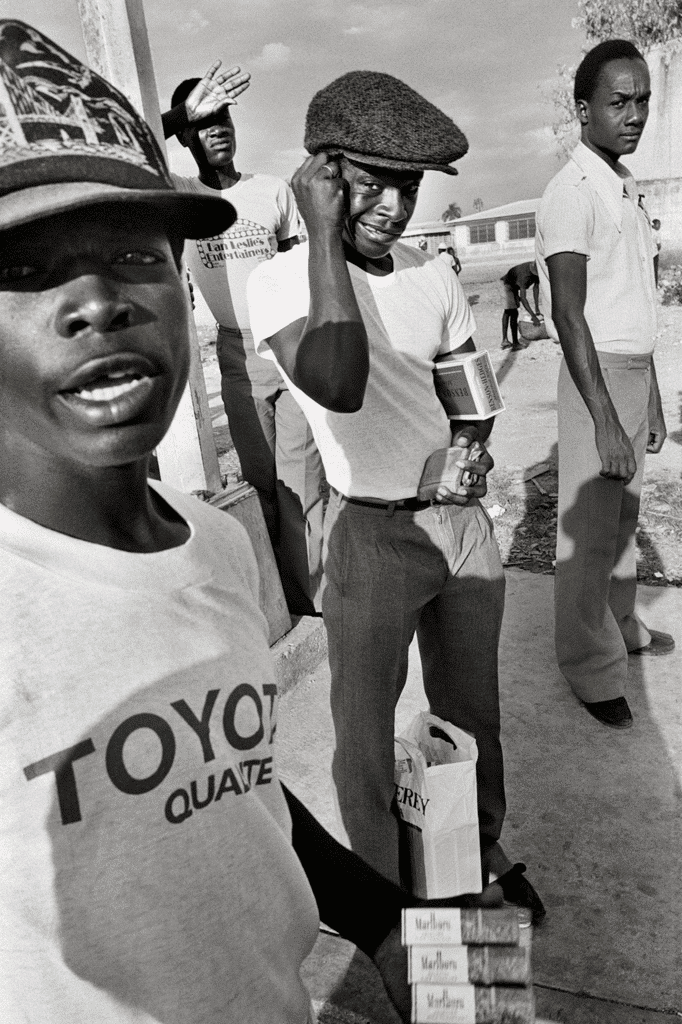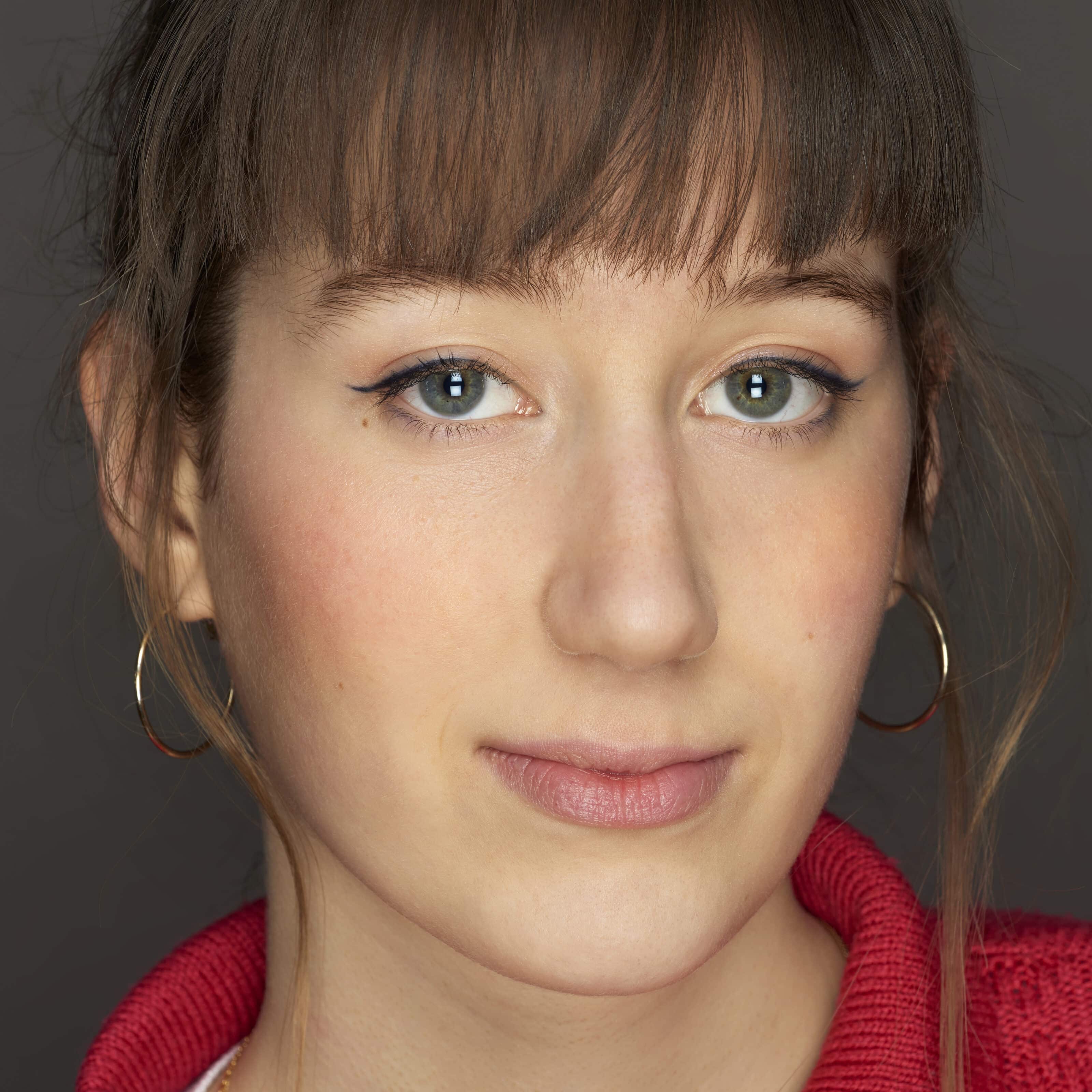Year after year, the photo book has become a collector’s item in its own right. We come back to it to contemplate the shots we love and dream about the ones we’d so much like to have taken. With the holiday season just around the corner, Blind brings you a selection of ten books where photography rhymes with nature, reverie, intimacy and discovery.
1/ Matthieu Gafsou, Vivants
Giving a glimpse of the collapse of biodiversity, climate change and the threat to the world’s habitability, the book Vivants reflects the existential awareness of Swiss photographer Matthieu Gafsou, as well as his anguish at the immense denial of ecological issues. In this work, he questions our consciousness, our future and our relationship with living things, from an artistic point of view. He presents a series of complex images, full of anger and love. From landscapes tinted with a strange color, to black-and-white reportage portraits, to urban views reworked with crude oil, Vivants offers a series of complex images, full of anger but also of love
Vivants, Matthieu Gafsou, Atelier EXB, 168 pages, 72 color and B&W photographs, $45.
2/ Pierre-Elie de Pibrac, Hakanai Sonzai
For 8 months, Pierre-Elie de Pibrac criss-crossed Japan, photographing deserted places and those forgotten by society. In his enigmatic images, he tells the story of individuals seeking to understand their identity in the face of the weight of society’s rules. Those elusive glances that avoid the lens hide yakuzas, Fukushima survivors and hikikomori, these people who have cut themselves off from the world and from others, often confined to their rooms. All his photographs reflect the “mono no aware”, an acute awareness of the beauty of the ephemeral that gives this deep impression of nostalgia. The human presence, in the midst of lush, unspoilt nature, waterfalls, lakes and deserted forests, thus reminds us of the fragility and ephemeral nature of existence. A reflection on life unfolds.
Hakanai Sonzai, Pierre-Elie de Pibrac, Atelier EXB, 184 pages, 89 B&W and color photographs, $55.
3 / Lena Konstantakou, The Extraordinary Will Take Care of Itself
Turning the pages of The extraordinary will take care of itself is like setting off on a journey. With a gentle touch, she shares the poetry of the Greek land and the quiet seaside town in which she has found refuge. Lena Konstantakou grew up in Athens, Greece, before moving to the UK for over 10 years. A city girl through and through, she eventually changed her life to return to her roots. This book tells the story of her love of nature, the sea and this new-found tranquillity. For over ten years, she has spent an endless amount of time exploring and connecting with the city. In her quest to belong, she accumulates hundreds of images. A year later, her first photo book finally saw the light of day, like the last piece of the puzzle in finally making her new home her own.
The Extraordinary Will Take Care of Itself, Lena Konstantakou, Lecturis, 106 pages, $50.
4/ Omar Victor Diop & The Anonymous Project, Being There
Drawn from Lee Shulman’s precious slide collection, the images in Being There transport us into the intimacy of ordinary celebrations in 1950s and 1960s America. From birthdays to beach days to barbecues, the archive captures moments of life in Kodachrome. No signature, no date, no place, but a recurring character that links all these photographs: Omar Victor Diop. The portraitist interferes with these scenes through photomontages. He captures the exact grain of the photos, the nuances, shadows and emotions, and blends into these joyful tableaux that reveal the stereotypes of an idealized America, where the shadow of segregation looms large. A collaboration between Omar Victor Diop and Lee Shulman, creator of The Anonymous Project, the book Being There offers an artistic and humorous rereading of anonymous clichés. A documentary about collective memory through images.
Being There, Omar Victor Diop & The Anonymous Project, Textuel Paris, 104 pages, $49.
5/ Saul Leiter, Retrospective 1923-2013
A master of color and composition, Saul Leiter redefined the contours of photography, leaving behind a rich visual legacy. Saul Leiter: Retrospective 1923-2013 offers an in-depth look at the man behind the lens. After the major exhibition devoted to him at the Rencontres d’Arles, the photographer is still in the spotlight. Like a journey through the decades, the book retraces Saul Leiter’s vast career, spanning from 1923 to 2013. Saul Leiter: Retrospective 1923-2013 not only traces his artistic development chronologically, it also offers an in-depth look at the man behind the lens, highlighting the inspirations, challenges and key moments that shaped his career. From vibrant street scenes to intimate portraits, each shot is imbued with a poetic sensibility that characterizes the artist’s inimitable aesthetic.
Saul Leiter, Retrospective 1923-2013, 352 pages, Textuel, $69.
6/ À partir d’elle, des artistes et leur mère
In the creative process, as in the construction of the self, the mother is a source of inspiration. Through 25 artists and just as many views of their mothers, from the 1960s to the present day, we discover intimate memories of happy moments, objects and photographs, as well as the unspoken. This highly personal work addresses questions of origin, heritage and transgression, as well as absence and separation. Indeed, the difficulty of representing the loved one once he or she is no longer with us leads some to take an interest in the memories left behind by the disappearance of the mother figure. We ourselves question our relationship with our mother, our imaginations and mythologies concerning this enigmatic and sometimes conflicting figure.
À partir d’elle, des artistes et leur mère, co-edited by delpire&co and LE BAL, 192 pages, $39.
7/ Brian Graham, Goin’ Down the Road with Robert Frank
Brian Graham, Robert Frank’s friend and assistant, takes us on a journey through the life of the legendary photographer. Over the pages, we discover a carefully orchestrated selection of iconic shots, immortalizing moments captured along the roads he travelled. Graham’s photos, taken between 1979 and 2019, take us behind the scenes of Frank’s work – on the set of his 1987 film Candy Mountain, photographing Allen Ginsberg, inspecting contact sheets – and into his private life: laughing with his wife June Leaf, exploring a thrift store, even repairing the roof of his Bleecker Street studio. Graham, as Frank’s travelling companion and privileged observer, offers a unique perspective on the master’s work, revealing the behind-the-scenes of his creativity. Beyond the accuracy of the images, Goin’ Down the Road with Robert Frank is an intimate and exceptional portrait of Robert Frank, a major figure in the history of photography.
Goin’ Down the Road with Robert Frank, Brian Graham, Steidl, 84 pages, $30.
8/ Sébastien Durand, Métro Sapiens
The image of an embracing couple on a billboard, captured through the window of a moving metro carriage, contrasts strangely with the passengers who don’t even look at each other, lost in the monotony of their daily commute. This image, which Sébastien Durand has called “Romance à Paris”, marks the first step into the world of his book Métro Sapiens. Going beyond the ordinary clichés of the metro, he sprinkles humanity into the crowded trains and crowds that pass each other unnoticed. He captures the intimacy and anonymity of the crowds that make their way through the transport network every day. Every inhabitant of a metropolis can relate. From the tourist looking for the exit to the late worker, we’ve all become Metro Sapiens.
Métro Sapiens, Sébastien Durand, 112 pages, hardcover, $42.
9/ Morocco, Harry Gruyaert
Whether through the brilliance of his nuances or his striking compositions, Gruyaert, master of color photography, captures the very essence of Morocco with a unique artistic sensibility. His Morocco series is a visual ode to the country’s diversity, cultural richness and enchanting magic. Each image transcends reality, transporting us to a world where light dances on bustling streets, markets overflow with life and desert landscapes are adorned in warm hues. Through the labyrinthine alleyways of the medinas, the bustling squares of Marrakech, the desert expanses of the Sahara and the sun-drenched coastal ports, Gruyaert, with his particular talent, manages to capture the decisive moment. Each page is a painting in itself, revealing the timeless beauty of Morocco and inviting readers to discover it through the lens of photography.
Morocco, Harry Gruyaert, Textuel Paris, 208 pages, 120 photographs, $59.
10/ Bruce Gilden, Haiti
Since 1948, when he first came across the country, photographer Bruce Gilden has been fascinated by the unique energy that emanates from Haiti. He travelled there many times until 1995, and later again after the 2010 earthquake. Gilden immersed himself in Creole country, criss-crossing the island and meeting its inhabitants in situations only few would be willing to see. He documents the islanders’ daily lives, traditions and struggles. Soberly, he paints a portrait of a poverty-stricken territory, plagued by numerous natural disasters. The softness and intensity of black and white lightens the harsh reality of violence, leaving only the strange poetry of the frame.
Haiti, Bruce Gilden, text by Louis-Philippe Dalembert, Atelier EXB, 144 pages, $49.

